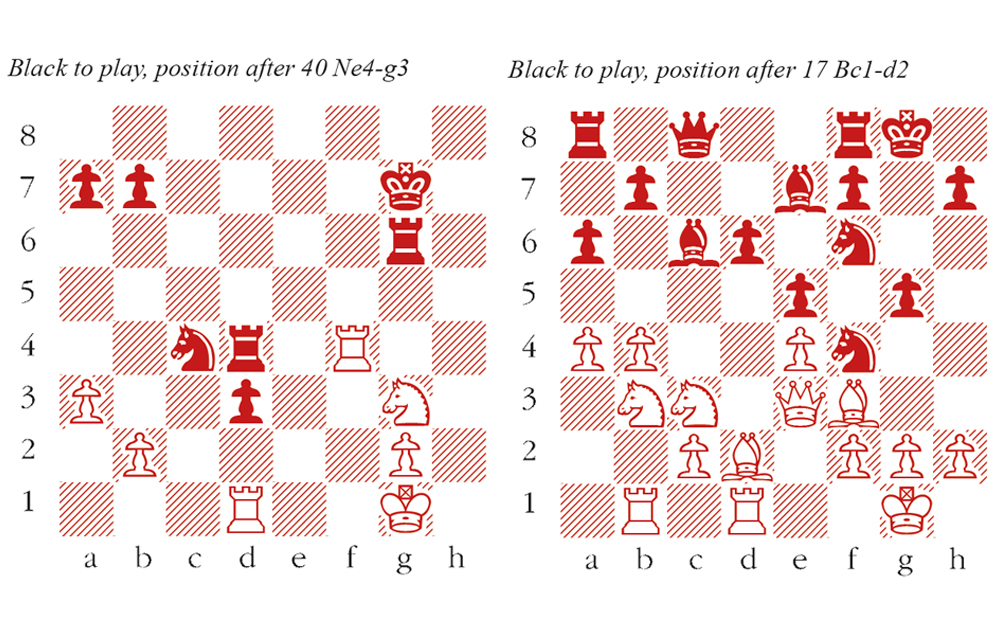Large chess tournaments are usually played according to the ‘Swiss’ pairing system. In each round, players are grouped according to their total points amassed so far, and match-ups for the next round take place between players in the same score-group. Even in a large field of diverse abilities, the potential winners tend to encounter their toughest competitors, and the lower seeded players are not forever overwhelmed by the strength of their opposition.
The ‘Swiss Gambit’, an obscure piece of chess lingo, refers to the idea that a savvy competitor might ‘gambit’ a draw or loss in an early round, so as to face easier games in the middle of the tournament and recover lost ground just in time for a high final placing. In truth, a player boasting of their Swiss Gambit usually has their tongue in their cheek – presenting their cock-up as a masterful ruse.
A formidable assembly gathered in the Isle of Man for the Fide Grand Swiss event, which concluded last Sunday. They included a majority of the top 100 players in the world, plus a few dozen grandmasters just below that level. In such a strong field, a ‘Swiss Gambit’ would be preposterous as a strategy; if you lose a game against the world no. 50, and face the world no. 100 the next day, it will hardly feel like an easier ride. So it is remarkable that the tournament’s outright winner (with 8.5/11), India’s Vidit Gujrathi, began with a blunder in round one.
Erwin L’Ami-Vidit Gujrathi
Fide Grand Swiss, Isle of Man, October 2023
Under pressure, Dutch grandmaster Erwin L’Ami had just uncorked an important resource 40 Ne4-g3! (see above left) counting on 40…Rxf4 41 Nh5+! Kh6 42 Nxf4 with a likely draw. Short of time, and presumably frustrated, Vidit blundered with 40… Nxb2? expecting 41 Rxd4 Nxd1, which is also drawn. But L’Ami seized his opportunity with 41 Nf5+!
Now moving the king to the f-file, allows Nf5xd4 with check, while retreating to g8 allows a fork on e7. All that remains is the h-file: Kh8 42 Rxd4 Nxd1 43 Rh4+ The decisive tactic. Kg8 44 Ne7+ Kg7 45 Nxg6 Kxg6 46 Rd4 Nb2 47 Kf2 At move 65, Black resigned.
By round 7, Vidit had fought his way into the leading pack. In the penultimate round, he found a beautiful tactic in position abive right.
Bogdan-Daniel Deac-Vidit Gujrathi
Fide Grand Swiss, Isle of Man, November 2023
17… g4! 18 Be2 Bxe4! Evidently, Romanian grandmaster Deac believed the pawn was well protected, but Vidit has a surprise in store 19 Nxe4 N6d5 This is the point. Now 20 Qg3 Nxe2+ wins the house. Deac cut his losses, but after 20 Nf6+ Bxf6 21 Qe4 Bg7 22 Bf1 Nf6 23 Qe1 Qxc2 Vidit held a large advantage. At move 55, White resigned.





Comments